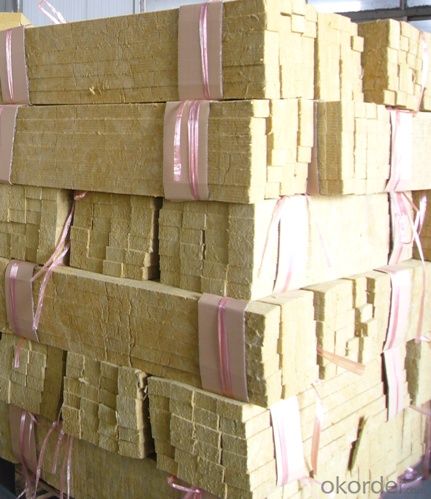Loading Port:Ningbo
Payment Terms:TT or LC
Min Order Qty:600 m²
Supply Capability:10000 m²/month
Closed cell phenolic foam is used extensively in the building industry for a number of application areas including roofing, cavity board, external wall board, plaster board dry linings systems, floor insulation and as sarking board. Phenolic foams offer significant advantages over other insulation materials which are summarised below. A range of phenolic foam boards is available to suit most new buildings or refurbishment applications.
Phenolic foam boards can be used in many fields of constructions such as: Petrochemical Powerstation Construction Fire protection Food and beverage
Heating and ventilation Roof insulation HVAC systems Ship building
. A top facing is then introduced and the product then goes through a heated conveyor press and heated ovens and is then cut to the required size. Phenolic foam products with Agrément certification are available for roofing, cavity board, floor board, dry lining, external wall board and sarking board.
ADVANTAGES
Space saving: the exceptionally low thermal conductivity of closed cell phenolic foam boards means that appropriate insulation efficiency can be achieved with the thinnest possible material. This can be a significant advantage in building regulations, for example, in plaster board dry lining systems where internal room space is maximised and in cavity wall applications where the building envelope thickness is minimised.
Features:
1) A new type of environmental protective plastic materials instead of woods and steels.
2) It is a flexible, economical, extremely versatile PVC-U sheet.
3) The fine cell structure and smooth surface finish makes it the preferred choice of professional printers and sign makers.
4) Light-weight, anti-flaming.
5) Alkali &acid resistance, moisture proof, water-proof, good heat preservation, sound insulation, shock absorption and so on.
6) The board can be filmed or printed colorfully
7) It owns many ways of processing such as nailing, sawing, planning, cementing, jointing and so on.
Construction:
1) Wall cladding & partitioning
2) Hygienic cladding
3) Decorative cladding
4) Temporary partitioning
5) False ceilings
6) Moulded panels.
Usage:
Rock Wool are widely used in public, commercial and residential buildings as well as industrial plants, for applications such as roofing, external wall, partition wall and floating floor to provide fire protection, thermal insulation, acoustic control and condensation control.
